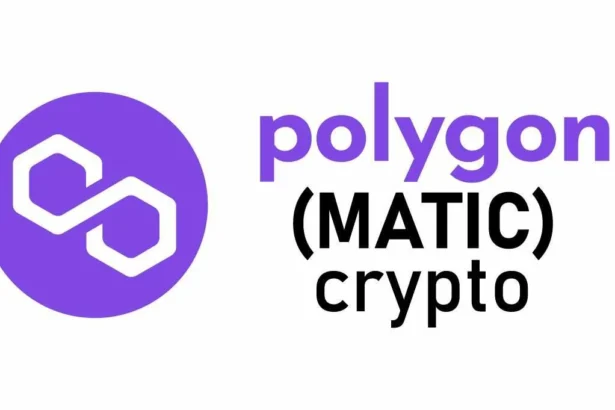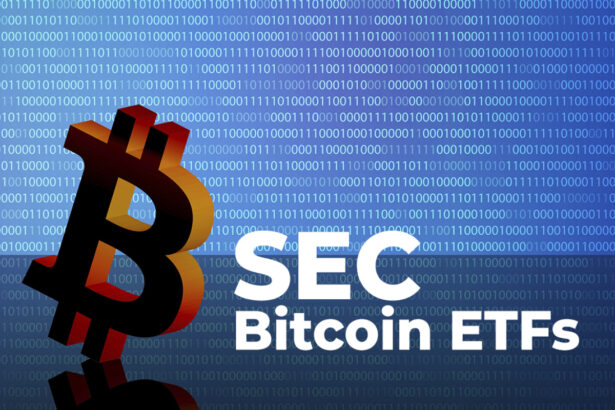European Crypto Regulation: In recent years, there has been a dramatic shift in how cryptocurrencies are regulated in Europe. European regulators have addressed the growing importance of digital assets such as Bitcoin, Ethereum, and other cryptocurrencies by establishing thorough frameworks to safeguard investors, maintain financial stability, and combat illegal activity such as money laundering. This post will delve into the most current updates to crypto legislation in Europe, specifically looking at the markets in Crypto-assess regulation (MiCA) and how it has affected the overall crypto ecosystem.
The Need for Regulation
The growing popularity of cryptocurrencies in Europe has attracted retail and institutional investors. However, it has also brought significant concerns for regulators. The decentralized nature of cryptocurrencies makes them susceptible to abuse for illegal activities such as money laundering, terrorist financing, and tax evasion. Additionally, the lack of investor protection and market volatility has raised concerns about financial stability. European regulators have been working to balance fostering innovation in the crypto space and ensuring that the risks associated with digital assets are mitigated.
Markets in Crypto-Assets (MiCA) Regulation
MiCA is one of the most important legislative initiatives in the European Union (EU) to regulate the crypto market. The European Commission proposed it in September 2020, and the European Parliament formally adopted it in April 2023. MiCA provides a unified regulatory framework across the 27 EU member states, offering much-needed legal clarity for crypto-asset service providers (CASPs), token issuers, and investors.
Key Provisions of MiCA
- Token Classification: MiCA defines different categories of tokens, such as utility tokens, stablecoins, and asset-referenced tokens, and establishes specific rules for each category. This classification is crucial for distinguishing between various types of crypto assets and their associated regulatory requirements.
- Licensing Requirements: MiCA introduces stringent licensing requirements for CASPs, including cryptocurrency exchanges, wallets, and custodians. Firms must register with national regulators to operate within the EU and meet specific capital, governance, and cybersecurity standards.
- Stablecoins Regulation: Stablecoins, pegged to traditional currencies or assets, are subject to stricter regulations under MiCA. Issuers must demonstrate full backing of the stablecoin and provide transparency about the assets held in reserve. Additionally, stablecoin issuers must comply with liquidity requirements to ensure the token’s stability, which could affect popular stablecoins like Tether (USDT) and USD Coin (USDC).
- Market Abuse: MiCA seeks to prevent market abuse and manipulation in crypto. It introduces provisions similar to traditional financial markets, including prohibitions on insider trading and market manipulation.
- Consumer Protection: The regulation mandates crypto service providers disclose risks to consumers and sets standards for complaint handling and dispute resolution.
- Environmental Impact: MiCA also includes provisions related to the environmental sustainability of crypto mining and blockchain technologies, a growing concern given the energy-intensive nature of Proof-of-Work (PoW) blockchains like Bitcoin.
Timeline and Implementation
CASPs will have time to comply with MiCA before it takes effect in 2024. Once in effect, MiCA will serve as a blueprint for crypto regulation within Europe and globally, as many other regions look to Europe’s regulatory efforts as a model.
The European Central Bank (ECB) and Digital Euro
Another significant development in the European crypto space is the European Central Bank’s (ECB) exploration of a central bank digital currency (CBDC) known as the Digital Euro. The ECB has been studying the feasibility of a digital version of the Euro to modernize the financial system and offer an alternative to private cryptocurrencies and stablecoins.
The Digital Euro complements cash and digital payment systems with a secure and efficient payment method. However, the ECB has emphasized that the Digital Euro will not replace physical cash but will be an additional tool in the European payment ecosystem.
Key Concerns and Challenges
- Privacy: One of the main concerns surrounding the Digital Euro is privacy. While the ECB has pledged to ensure privacy protections, there are concerns about how much data would be collected and the potential for government surveillance.
- Monetary Policy: Introducing a Digital Euro could have significant implications for monetary policy. Some experts argue it could enhance the ECB’s ability to implement negative interest rates and other unconventional monetary policies.
Anti-Money Laundering and Combating the Financing of Terrorism (AML/CFT) Regulations
Europe has been a leader in creating strong Anti-Money Laundering (AML) and Combating the Financing of Terrorism (CFT) rules. The 5th Anti-Money Laundering Directive (AMLD5), adopted in 2018, marked a significant step in regulating European crypto assets. It extended AML requirements to crypto exchanges and wallet providers, requiring them to conduct customer due diligence (CDD) and report suspicious activities.
AMLD6 and its Impact
The 6th Anti-Money Laundering Directive (AMLD6), which occurred in December 2020, further strengthened the EU’s stance on AML/CFT. It expanded the list of predicate offenses and imposed harsher penalties for non-compliance. AMLD6 also introduced a broader definition of “money laundering,” making it easier for regulators to prosecute cases involving crypto assets.
National regulators have been empowered to monitor crypto transactions and ensure AML/CFT rules compliance. The European Banking Authority (EBA) has been tasked with coordinating these efforts, ensuring that CASPs adhere to AMLD6 standards.
National Approaches to Crypto Regulation
While MiCA provides a unified framework, individual EU member states have also developed regulatory approaches to crypto assets. Some of the most notable national regulations include:
- Germany: The Federal Financial Supervisory Authority (BaFin) has proactively regulated crypto assets. In 2020, BaFin recognized cryptocurrencies as financial instruments and required crypto custodians to be licensed. Germany’s clear regulatory stance has made it one of the more crypto-friendly jurisdictions in Europe.
- France: The French Financial Markets Authority (AMF) has established a comprehensive licensing regime for Initial Coin Offerings (ICOs) and crypto service providers. Companies that wish to raise funds through ICOs must first obtain approval from the AMF, ensuring investor protection and transparency.
- Estonia: Estonia is known for its advanced digital infrastructure and crypto-friendly regulatory environment. The country was one of the first to issue licenses to crypto service providers, although it has since tightened regulations to address concerns about money laundering and fraud.
Future Outlook
The implementation of MiCA and the development of the Digital Euro are expected to impact the European crypto market profoundly. The EU is poised to become a global leader in crypto regulation by creating a clear and consistent regulatory framework. This could attract more institutional investors to the market, increasing liquidity and driving innovation in the blockchain space.
However, challenges remain. The fast-paced nature of the crypto industry means that regulators must continuously adapt to new technologies and risks. Additionally, the decentralized nature of cryptocurrencies may present enforcement challenges, particularly when dealing with cross-border transactions and decentralized finance (DeFi) platforms.
Conclusion
Europe’s approach to crypto regulation is setting the standard for the rest of the world. With MiCA, the Digital Euro, and robust AML/CFT regulations, the European Union is positioning itself as a leader in creating a safe, transparent, and innovative crypto market. While challenges remain, the future of cryptocurrency in Europe looks promising as regulators continue to refine and adapt their frameworks to meet the industry’s evolving demands.






